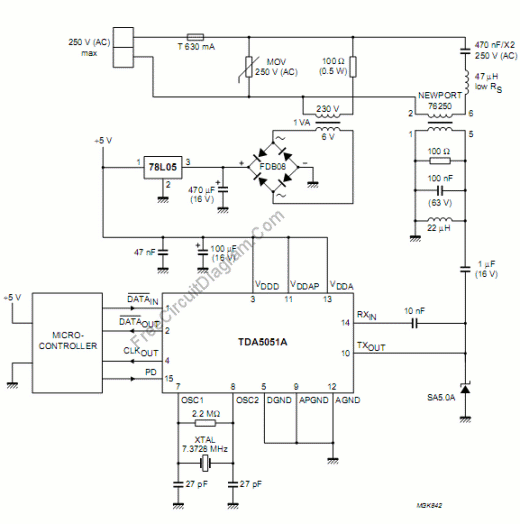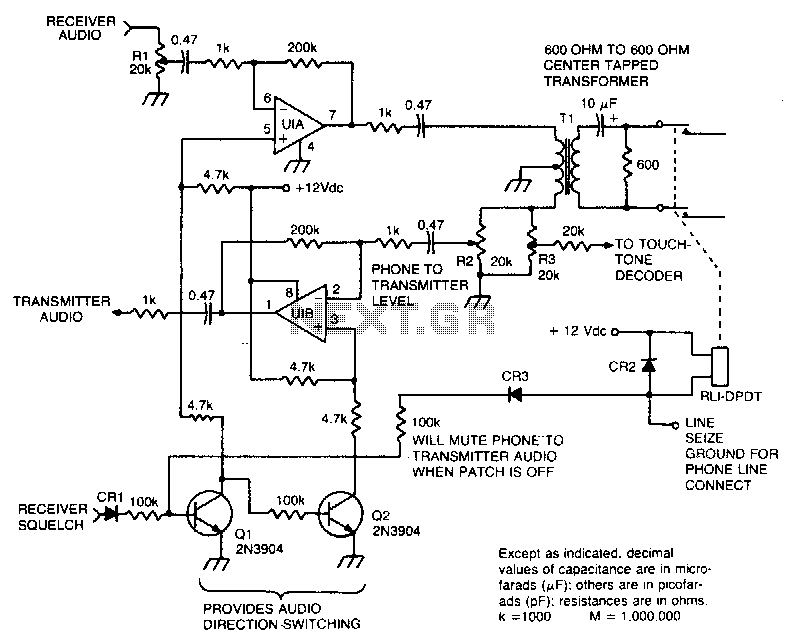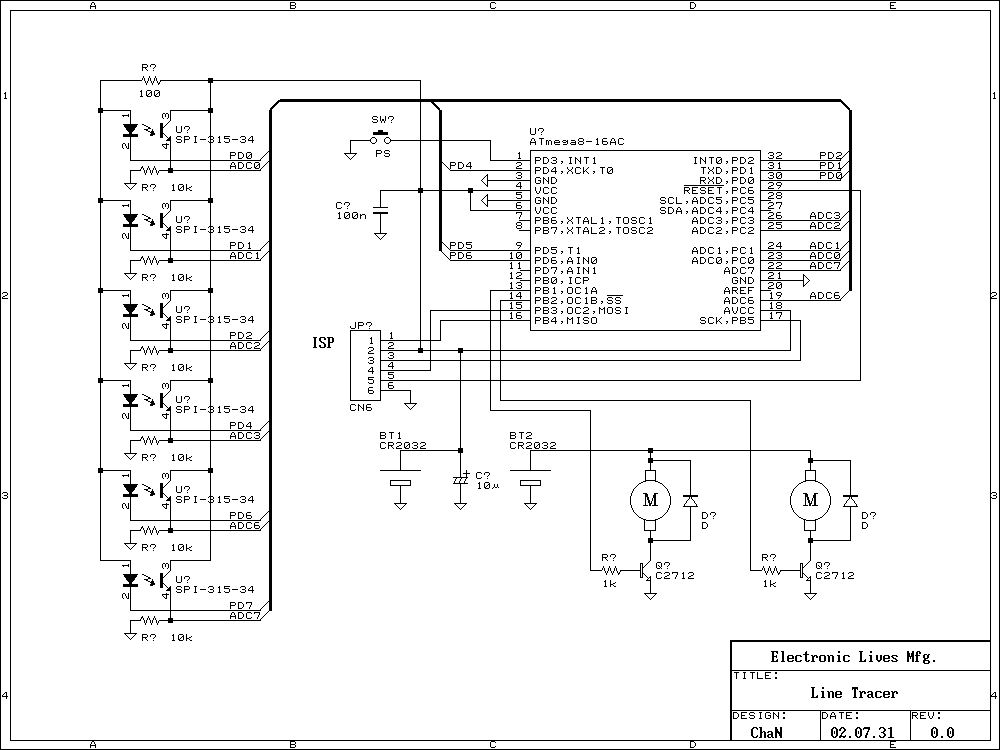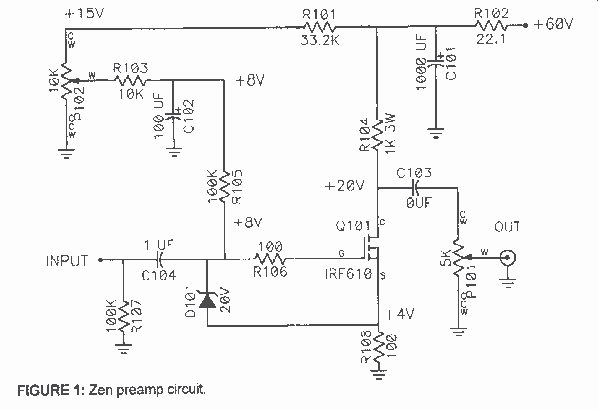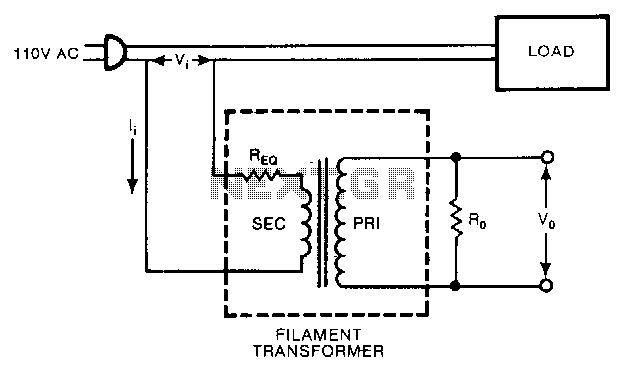
Line follower robot
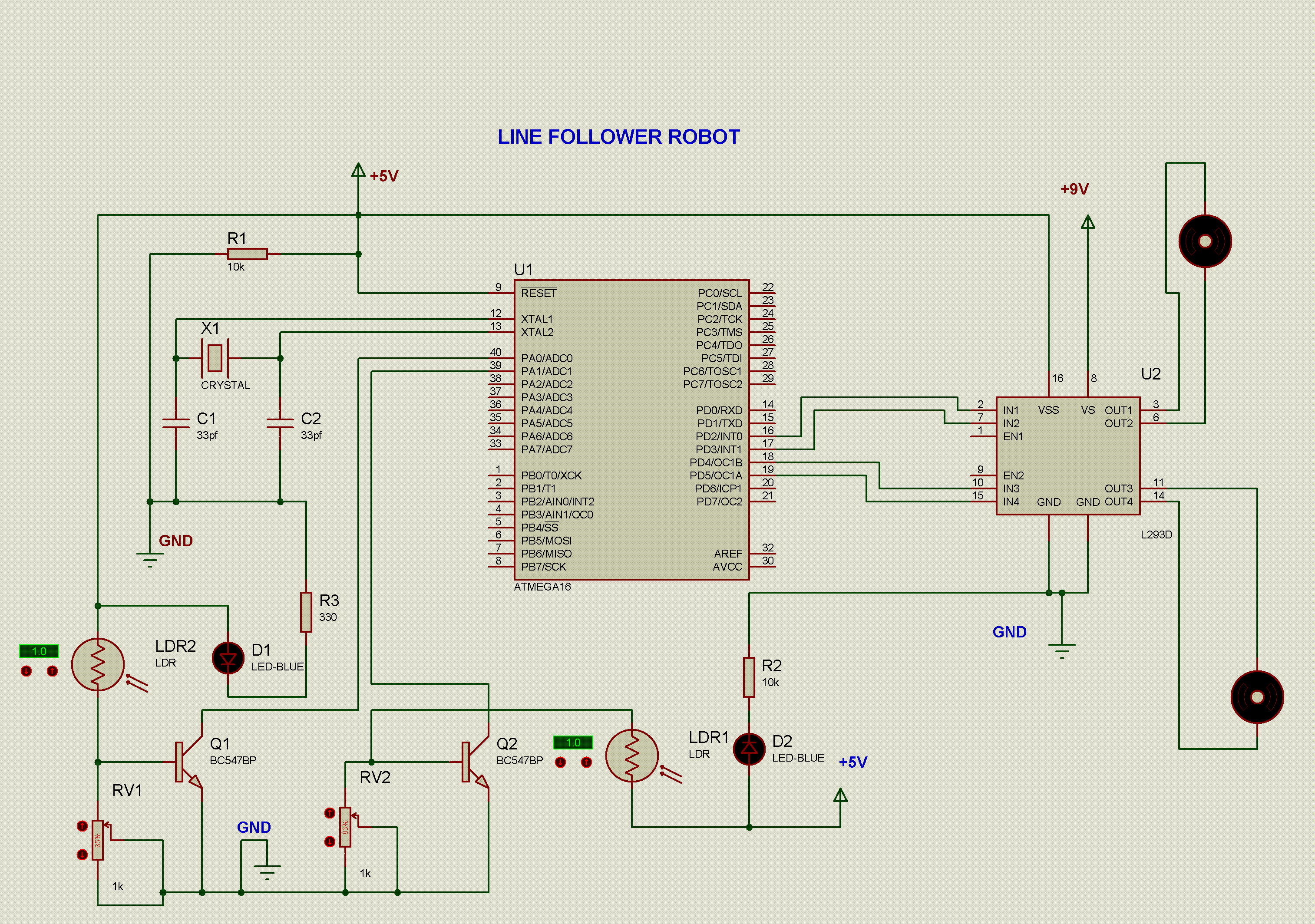
The project involves the creation of a line-follower robot. This microcontroller-based robot is designed to follow a black line on the ground.
The line-follower robot utilizes a microcontroller as its central processing unit, which interprets input signals from various sensors and controls the motors accordingly. The primary components of the circuit include infrared (IR) sensors, a microcontroller (such as an Arduino), motor drivers, and DC motors.
The IR sensors are positioned at the front of the robot to detect the contrast between the black line and the surrounding surface. When the sensors detect the black line, they send signals to the microcontroller, which processes this information and determines the appropriate motor actions to keep the robot aligned with the line.
The motor driver circuit interfaces between the microcontroller and the motors, allowing the microcontroller to control the speed and direction of the motors based on the sensor input. DC motors are typically used for movement, providing the necessary torque and speed for the robot to navigate along the line.
In terms of power supply, the robot may utilize a battery pack to provide the necessary voltage and current for the microcontroller and motors. Voltage regulators may be included in the circuit to ensure stable operation of the microcontroller and sensors.
Overall, the schematic for the line-follower robot will include connections for the IR sensors to the microcontroller's input pins, the motor drivers connected to the output pins of the microcontroller, and the power supply connections to ensure all components receive adequate power for operation. The design should also consider the physical layout of the components to ensure effective performance and reliability during operation.For my final project, I decided to make a line-follower robot. This micro controller line follower robot is designed to be able to follow a black line on the ground.. 🔗 External reference
The line-follower robot utilizes a microcontroller as its central processing unit, which interprets input signals from various sensors and controls the motors accordingly. The primary components of the circuit include infrared (IR) sensors, a microcontroller (such as an Arduino), motor drivers, and DC motors.
The IR sensors are positioned at the front of the robot to detect the contrast between the black line and the surrounding surface. When the sensors detect the black line, they send signals to the microcontroller, which processes this information and determines the appropriate motor actions to keep the robot aligned with the line.
The motor driver circuit interfaces between the microcontroller and the motors, allowing the microcontroller to control the speed and direction of the motors based on the sensor input. DC motors are typically used for movement, providing the necessary torque and speed for the robot to navigate along the line.
In terms of power supply, the robot may utilize a battery pack to provide the necessary voltage and current for the microcontroller and motors. Voltage regulators may be included in the circuit to ensure stable operation of the microcontroller and sensors.
Overall, the schematic for the line-follower robot will include connections for the IR sensors to the microcontroller's input pins, the motor drivers connected to the output pins of the microcontroller, and the power supply connections to ensure all components receive adequate power for operation. The design should also consider the physical layout of the components to ensure effective performance and reliability during operation.For my final project, I decided to make a line-follower robot. This micro controller line follower robot is designed to be able to follow a black line on the ground.. 🔗 External reference
